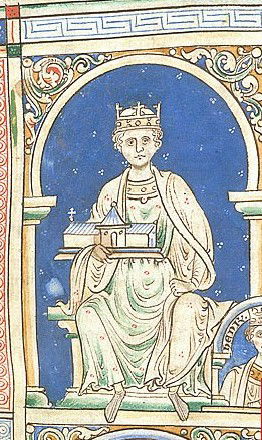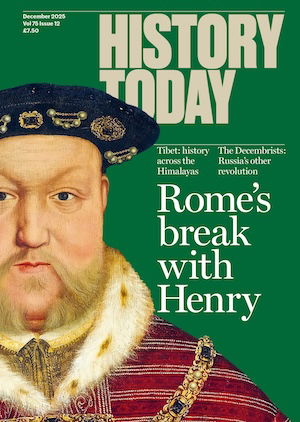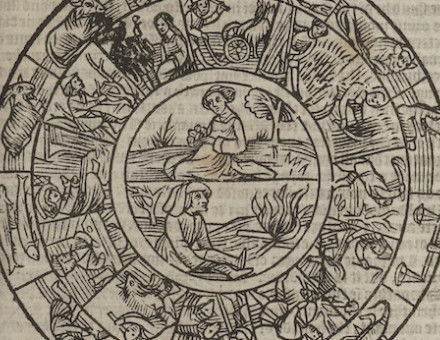The Legacy of Henry Plantagenet
Nicholas Vincent celebrates the founder of the Plantagenet dynasty.

December 19th, 1154: a reddish haired, quick-tempered and hyper-active young man was crowned at Westminster Abbey as King Henry II. For the previous twenty years, under the reign of the usurper Stephen, the Anglo-Norman realm had been plunged into a civil war fought out between the adherents of Stephen and those of Henry’s mother, the Empress Matilda. Northern England had been seized by the Scots. The Welsh had made substantial advances in the West. Normandy, linked to the English crown since the Conquest of 1066, had been entirely abandoned by King Stephen. England itself had been partitioned between warring baronial factions, each with its own competing and still unresolved claims to land, castles and local power.





